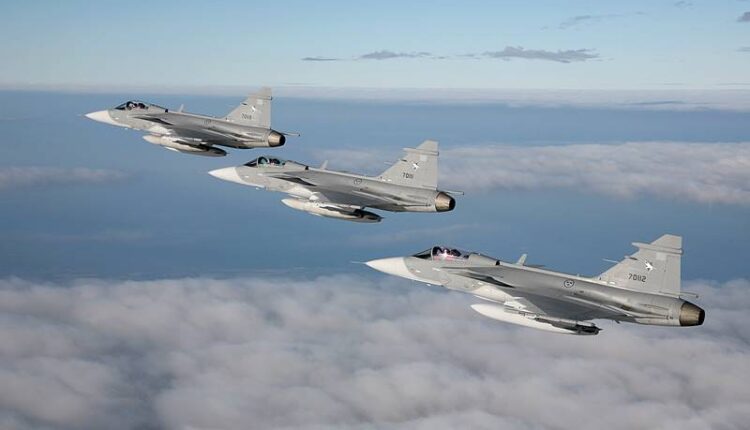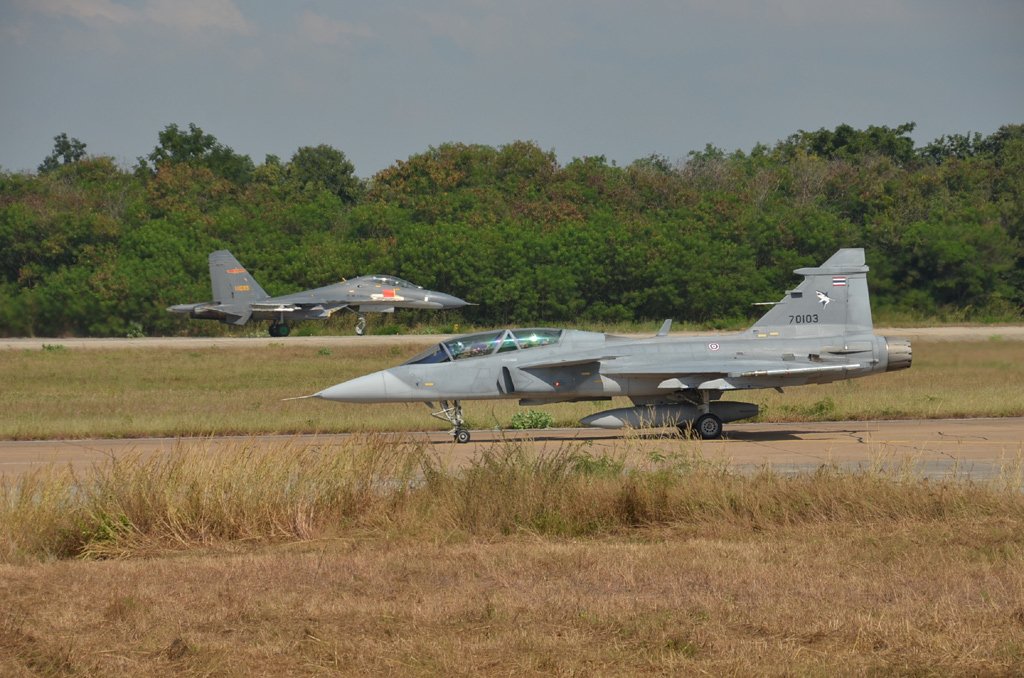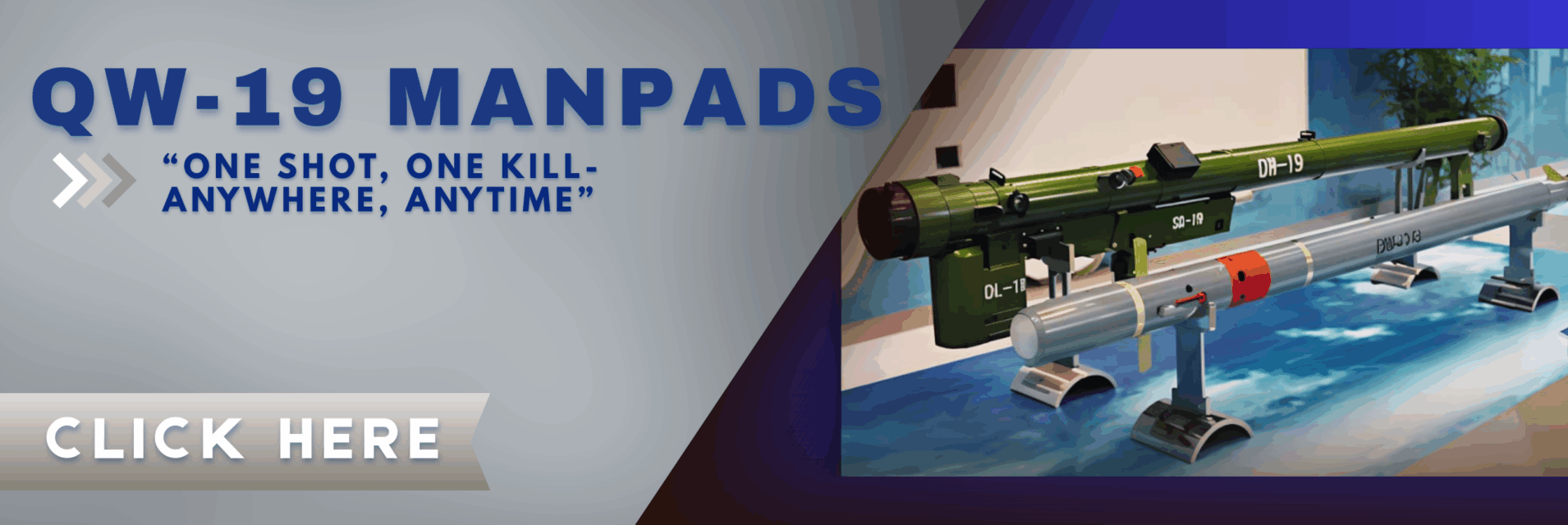Thailand’s JAS39 Gripen “Shoot Down” 41 China’s Shenyang J-11 in Joint Air Exercise
As recently reported by an international defence portal, Gripen fighter jets developed by Swedish's Saab Group had exhibited outstanding performances in the Beyond Visual Range (BVR) combat against China's J-11 aircraft.

(DEFENCE SECURITY ASIA) — The JAS39 Gripen fighter jets of the Royal Thai Air Force (RTAF) have reportedly demonstrated excellent performance when faced with China’s Shenyang J-11 aircraft (a variant of the Su-27) during the joint air exercise “Falcon Strike” in 2015.
As recently reported by an international defence portal, Gripen fighter jets developed by Swedish’s Saab Group had exhibited outstanding performances in the Beyond Visual Range (BVR) combat against China’s J-11 aircraft.
According to the portal, Gripen fighter jets achieved a remarkable 88 percent success rate in engagements at distances of 30km or beyond.
This underscores the proficiency of Gripen aircraft in long-range combat, with the Chinese J-11 facing various challenges during joint air exercises with Thailand.
The report states that the Royal Thai Air Force “lost” nine Gripen fighter jets, while the Chinese Air Force lost 41 J-11 aircraft throughout the during of the joint exercise.
The portal suggests that this outcome highlights the capability of Gripen fighter jets and underscores the need for the Chinese Air Force to enhance its strategies to evade air-to-air guided missile threats.

Both the Thai and Chinese fighter jets are based at the RTAF Air Base in Korat.
Despite Thailand being a Southeast Asian ally of the United States, the country has faced challenges in its relationship with Washington since a military coup in 2014.
Subsequently, the Thai leadership, supported by the military, has strengthened ties with China through arms acquisitions.
In August 2015, Thailand and China further strengthened their relations through joint air exercises named “Falcon Strike.”
Last year, the latest edition of the joint air exercise “Falcon Strike” took place in Thailand over 21 days.
During the exercise, Thai and Chinese military personnel engaged in intensive training across various fields, including air support, ground attacks, joint air defense, and large-scale troop mobilization.
Analysts suggest that Thailand’s incorporation of both Western and Eastern air tactics in aircraft operations and combat has enhanced the effectiveness of the Thai Air Force training program.

In the Falcon Strike 2015 exercise, Chinese J-11 aircraft demonstrated strong performance in close-quarters combat, within visual range (WVR).
In the initial two days of the exercise, J-11 aircraft successfully shot down 25 Thai Gripen aircraft in WVR combat, with only one J-11 being downed by the Swedish-made aircraft used by Thailand.
The report indicates that during WVR combat, Gripen used AIM-9 guided missiles, while J-11 used PL-8 guided missiles.
PL-8 is a domestically produced short-range air-to-air guided missile by the Chinese defense industry.
However, on the following day, during the third day of the exercise, which shifted to the Beyond Visual Range phase, Gripen aircraft were equipped with AIM-120 AMRAAM guided missiles, while J-11 used PL-12 guided missiles.

In the BVR phase, Thai Gripen aircraft successfully shot down 41 J-11 aircraft compared to only nine Gripen aircraft “shot down” by the J-11.
Analysts suggest that 88 percent of Gripen’s success in downing J-11 occurred at distances exceeding 30km.
Gripen also managed to shoot down J-11 at least 11 times at distances exceeding 50km. — DSA


Comments are closed.